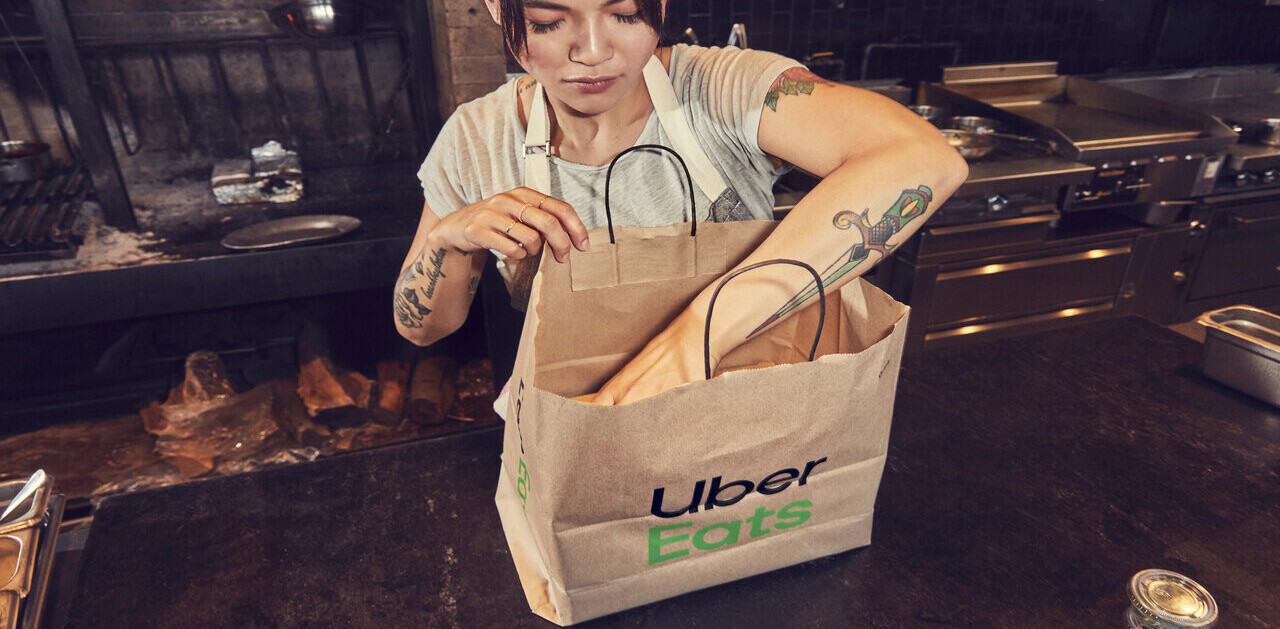
In my research on the platform economy, I’ve seen a trend of trade unions mainly attacking websites like Uber and Deliveroo. However, I’d like to argue that their focus on a hostile approach is a mistake and they need to consider another tactic.
Let me explain why.
We need to talk about the gig economy
The time is ripe for a serious conversation about the gig economy. In recent years, classifieds on the back of a local newspaper and in call centers have widely been replaced by online platforms like Uber (taxi), Helpling (domestic cleaning service), DoorDash (local delivery), and TaskRabbit (gigs).
The so-called ‘gig economy’, in which people are hired and paid through an online platform or app for (mostly short-lived) gigs, is still of minor scale at this point. The commotion around the gig economy is about the future. The Dutch ING Economic Bureau predicts that online platforms will take over 20 to 70 percent of the temporary employment market, depending on the legislative and technological developments.
Organizations defending the interests of workers generally fear such developments. Trade unions in particular dread the fact that employees will become more vulnerable by the platformization of labor. Effort to have platform constructions checked in court have led to mixed outcomes.
The debate is still far from coming to a conclusion. Personally, I regret the fact that trade unions and platforms are taking opposite positions, as I’m of the opinion that this cannot lead to long term solutions. Hence I want to discuss which unique elements platforms can contribute to the gig economy in terms of worker welfare. Platforms might not be a curse, but a blessing for trade unions.
1. Platforms also benefit from happy workers
Platforms benefit from happy platform workers. First and foremost because drivers at Uber and bicycle deliverers at Deliveroo are the company’s physical faces. They have offline contact with the clients they recruit online.
Secondly, because workers can easily switch to any competitor at any time. We observe a rising number available platforms and yet platform workers have no obligatory contracts with any app-based platform. In order to keep the workers satisfied, the growing market and the increasing number of platforms both have a positive effect on the way platforms reward the supply side. Taxi-app Uber, for example, is currently experimenting with additional bonuses to try to foster the way drivers bond with the platform.
2. Platforms centralize a fragmented and invisible market
Most often it seems that platforms offer new kinds of services, although this myth is long busted. An app does offer convenience and efficiency, but cleaning, baby sitting, and delivering pizzas are nothing new in itself. Moreover, the majority of these kinds of gigs aren’t arranged by any platform at all.
Deliverers ‘hired’ by restaurants are still in charge of transporting a vast majority of all meals. Figures by the European ordering website TakeAway.com show that, as an example, restaurants’ own deliverers distribute about 98.6 percent of all meals. The platforms’ deliverers deliver only about 1.4 percent. For domestic cleaning services, this figure would probably even be higher; as in most cases, people find their home cleaner by word of mouth.
What platforms do, is centralize an existent, fragmented, and virtually invisible (partially even black) market by means of a platform. By technologically increasing convenience, they consequently provide opportunities for these markets to grow. This offers unique possibilities for trade unions. They are able to start the conversation with a group of workers that they couldn’t have reached before.
3. Data and algorithms could support compliance with made agreements
Platforms lower transaction costs through automation. They match supply and demand. Yet, how they achieve their purposes is mostly unclear. Algorithms are broadly seen and referred to as opaque ‘black boxes’ in a transparent ‘real’ world.
Allow me to state my opinion: the real world isn’t that transparent and honest at all. When a trade union makes collective agreements, it’s still questionable if these are being complied with. With algorithms, the compliance of such agreements can be secured. One could specify agreements on working hours and wages within the code — controlled by a trusted third party — while right now these specific issues are usually hard to monitor in the offline world.
This is already happening, as Fredrik Söderqvist of Swedish trade union Unionen is working on making it a reality in Sweden. He proposes to create a platform institution tasked to create digital standards and guidelines for firms wishing to abide by the rules and norms established by society. Fredrik is serious in his case: he warns trade unions that if they don’t adopt online platforms, workers will create their own organizations.
4. The more segregated the commissioning, the bigger the added value of a central organization
The more we use platforms to arrange our work, the more a central organization could add in securing certain assurances. This offers opportunities to reinvent the way trade unions work.
Academics have floated the idea of ‘workers cooperatives’ which could help platform workers and organize “strong counterparty” to achieve better collective terms. What’s interesting about this is that this is typically the task of trade unions.
Belgium cooperative SMart tried this out (in a way) two years ago. They acted as a type of union for deliverers when Deliveroo and Take Eat Easy set up shop. The cooperative enforced working conditions like a minimum number of hours per shift and compensations for helmets, smartphones, and bicycle lighting. And when Take Eat Easy went bankrupt, SMart guaranteed the payment of about €340,000 in outstanding invoices for the deliverers. This cooperative didn’t demand a membership fee, but a certain amount for their provided services, which forced it to remain relevant for its members.
5. Platforms lower thresholds for strikes
Platform workers are one with their smartphone, which makes it a lot easier to activate this target group than it used to be, for example to engage in a strike for better conditions. Strikes are also easier to coordinate; in the case all Deliveroo deliverers could log off on a certain Friday night at six o’clock, the system will be down completely.
There are some challenges for riders that want to strike though. Platforms are able to see when suppliers gather physically by the use of their location data and, whenever they assume them to be involved in any form of labor union like organization, they may take actions to ‘deactivate’ the supplier, to offer them only bad gigs or none at all.
Besides that: riders are entrepreneurs or self-employed by law and are hence forbidden to organize themselves under competition laws. This can become a main bottleneck in creating a counterparty to platforms and specifically in organizing strikes. Which is an opportunity for trade unions.
Conclusion
Although there are quite some challenges, especially for commodity skilled workers, I think it’s important to look to the unique opportunities platforms can bring. I see this as a joint responsibility for platforms, social partners, and governments.
Having been involved in research on the platform economy for 7 years now — and after conducting over 500 interviews in 16 countries — I’m convinced that trade unions do have plenty opportunities to discover how digital platforms could benefit their (potential) members. It offers them the chance to reinvent their role in order to be relevant again for their newly defined target audience. It’s high time for a different, more constructive and versed discussion. I hope this blog was one of the sparks needed to lighten up this debate.
Get the TNW newsletter
Get the most important tech news in your inbox each week.




